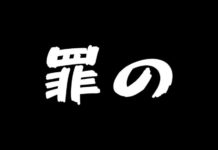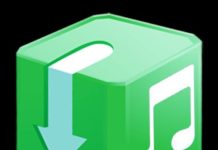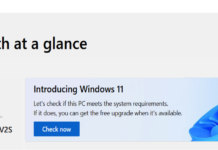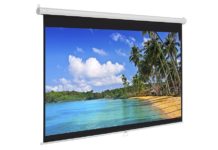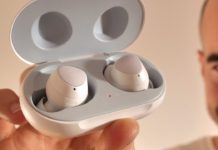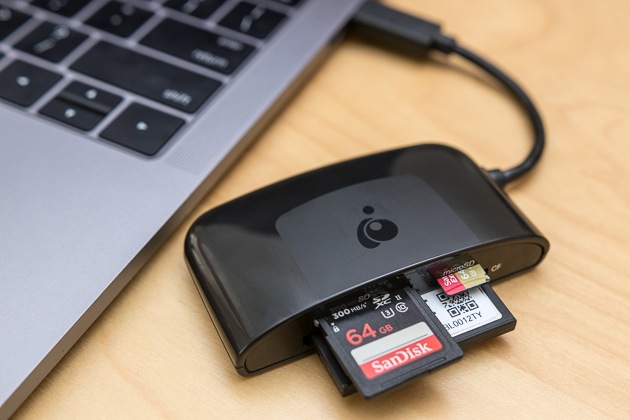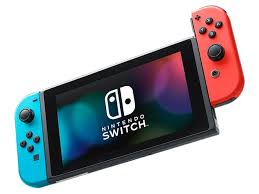A memory card reader is a device for accessing the data on a memory card, for example, a Compact Flash (CF), Secure Digital (SD) or Multimedia Card (MMC). Most card readers likewise offer to write capability, and together with the card, this can work as a pen drive. A few printers and Smartphones have an in-built card reader, as do most PCs and the majority of Tablet PCs. However, SD cards are accessible in different memory capacities, sizes, and data transfer speeds. So, the most extreme size of the cards is that of SD or SD HC cards and the little ones require an adapter that scales them precisely to the size of a standard SD card reader.
Table of Contents
What is the SD card reader?
As another kind of storage device that depends on semiconductor flash memory, SD (Secure Digital) memory card creates to increase the capacity of digital devices. Furthermore, it favors and utilizes by many individuals because of the astounding qualities of small size, fast data transfer, and hot-swap. However, at present, the SD card is the most widely recognized memory card which is available. It is presently broadly utilized in a digital camera, DV, MP4, MP3, PDA, and cell phone.
Indeed, SD card reader is a kind of device that uses particularly for reading SD card. It’s an external device with a corresponding SD card space and also a USB interface. Moreover, it supports reading and writing data and enables access to SD card records. As a matter of fact, a card reader exceptionally intends to share information on SD card advantageously.
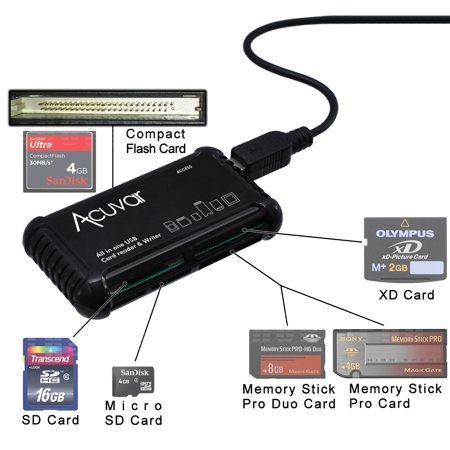
More things about SD card reader
For the most part, an SD card reader isn’t overwhelming and its size is small. A portion of the card readers is even near that of normal USB flash drives. In this way, it’s anything but difficult to bear. Additionally, the capacity of the card reader with SD card inserted is essentially the equivalent with that of USB flash drive. For a PC, the card reader is like a USB floppy drive; the tiny difference lies in – what the card reader reads is a variety of flash memory cards while USB floppy drive just reads a floppy disk.
Using skills: insert SD card into the corresponding slot toward one side of the card reader, and afterward connect the USB interface on the opposite end of the card reader to the PC. Just when the SD card is appropriately inserted into the card reader and the card reader USB interface is appropriately associated with the PC, also would we be able to prevail with regards to accessing SD card and reading/writing data correspondingly.
How to use the SD card reader?
Step 1: First, select Recover from SD-card.
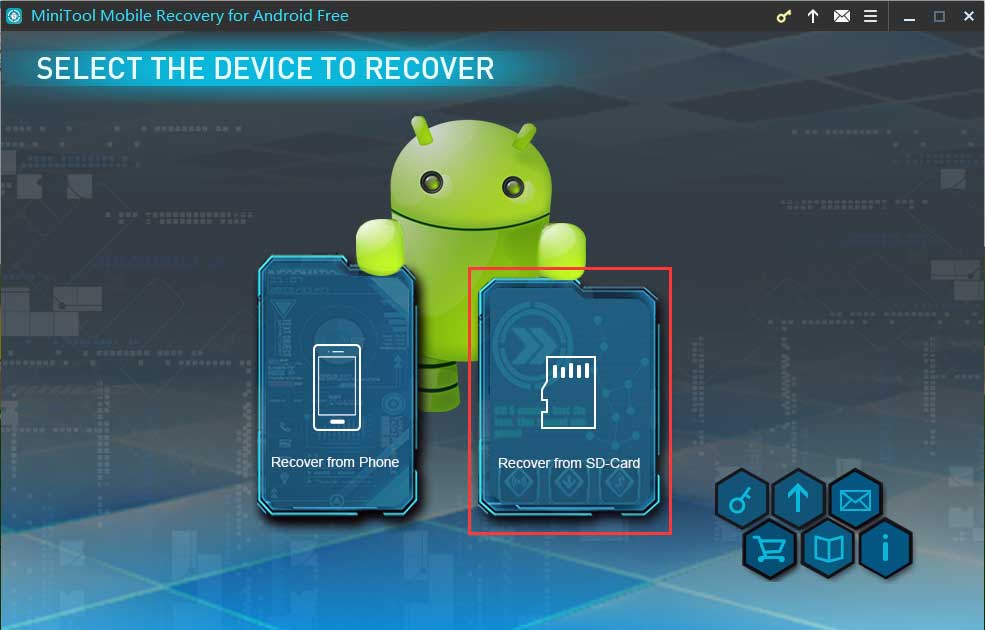
Step 2: Now, insert the SD card.
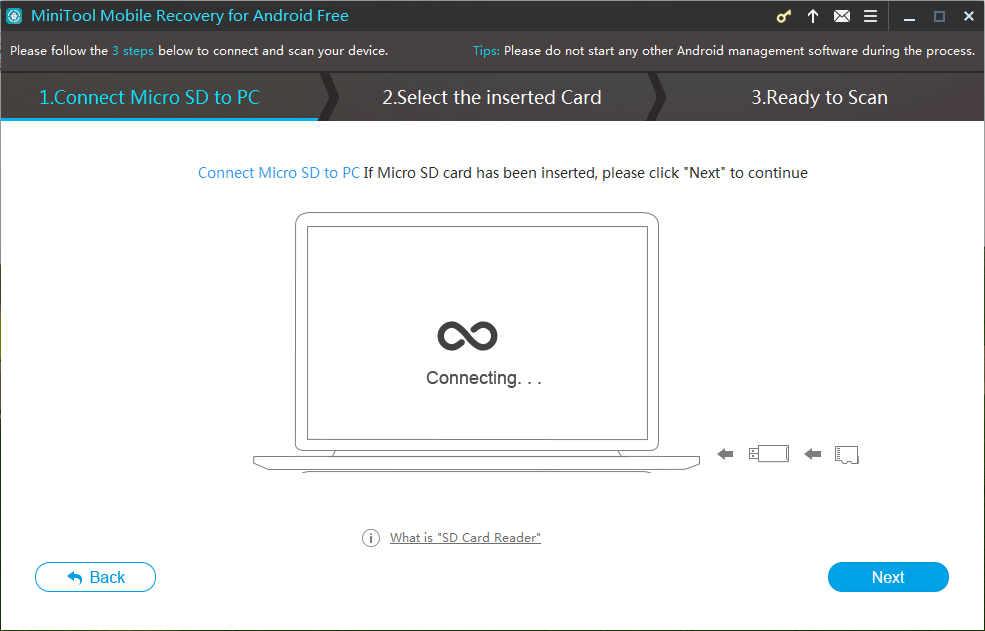
Step 3: Select the inserted SD card to scan.
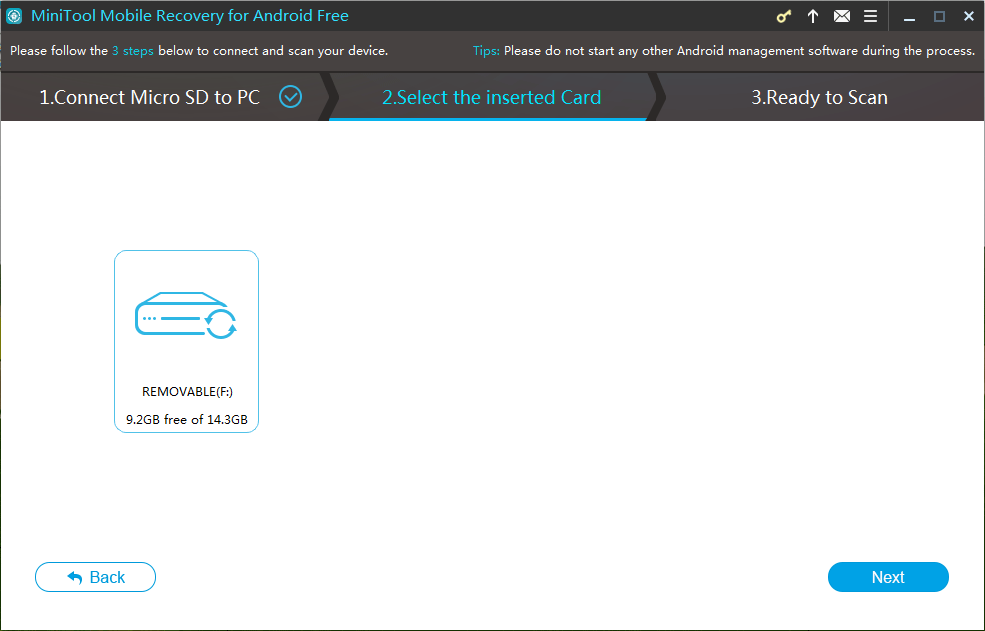
Step 4: Then, analyze it.
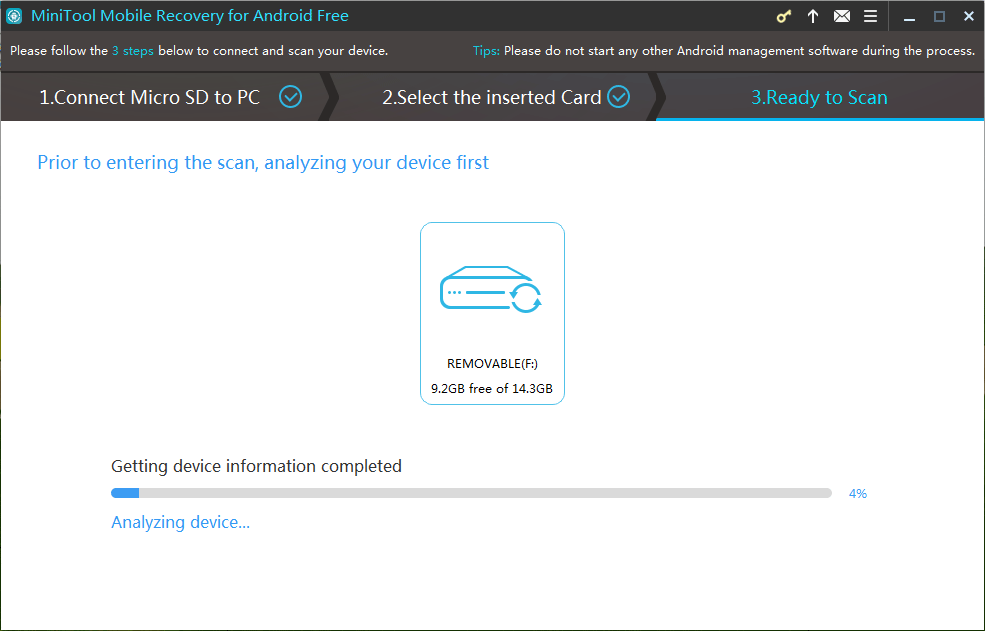
Step 5: Check files to recover when the scan is completed.
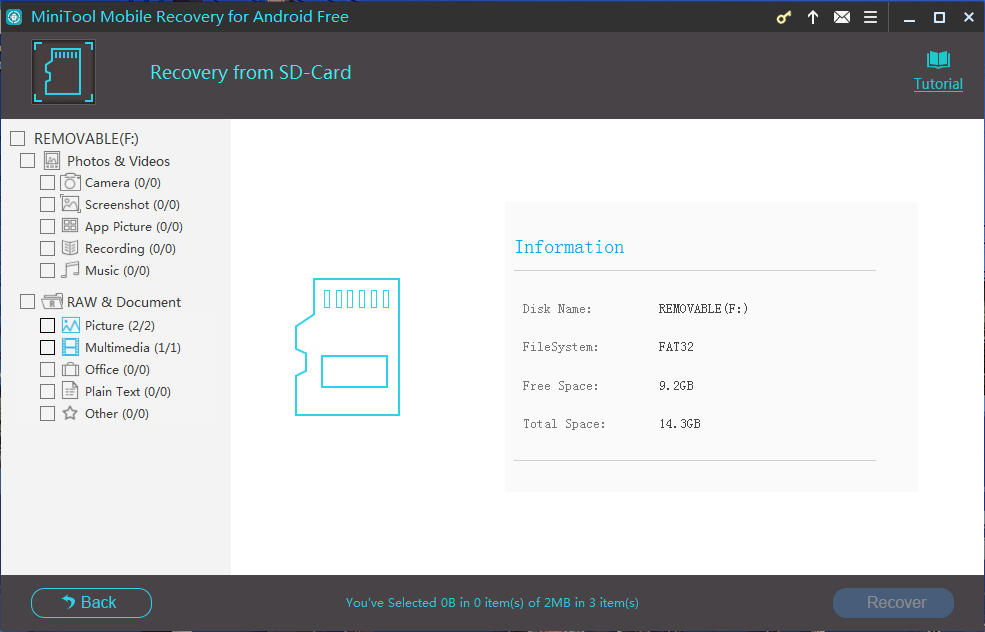
Benefits of SD card reader
- Saves your camera batteries.
- Backup camera photos and videos onto your computer hard drive.
- Also, back up computer files onto your SD card.
- Insert your SD card into a connected reader and view your files instantly.
- Installs in seconds.
SD card reader features
- SD card port appears as a removable drive.
- Draws power from the USB port.
- 2-year warranty.
Openness of specification
Like most memory card formats, SD is secured by various patents and trademarks. Excluding SDIO cards, sovereignties for SD card licenses are forced for manufacture and clearance of memory cards and host adapters (US$1,000/year in addition to membership at US$1,500/year).
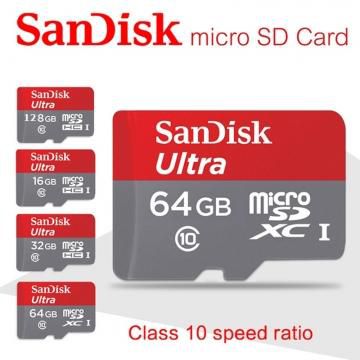
Early versions of the SD specification were accessible under a non-disclosure agreement (NDA) prohibiting the development of open-source drivers. In any case, the framework was, in the end, reverse-engineered and free software drivers gave access to SD cards not using DRM. Resulting in the release of most open-source drivers, the SDA gave a streamlined adaptation of the specification under a less restrictive permit helping lessen some incapability issues.
Under a disclaimers agreement, the simplified specification released by the SDA in 2006 – instead of that of SD cards – which later reached out to the physical layer, ASSD expansions, SDIO, and SDIO Bluetooth Type-A.
The proprietary nature of the total SD specification influences embedded systems, laptop computers, some desktop computers; numerous personal computers don’t have card spaces, instead of using USB-based card readers if important.



